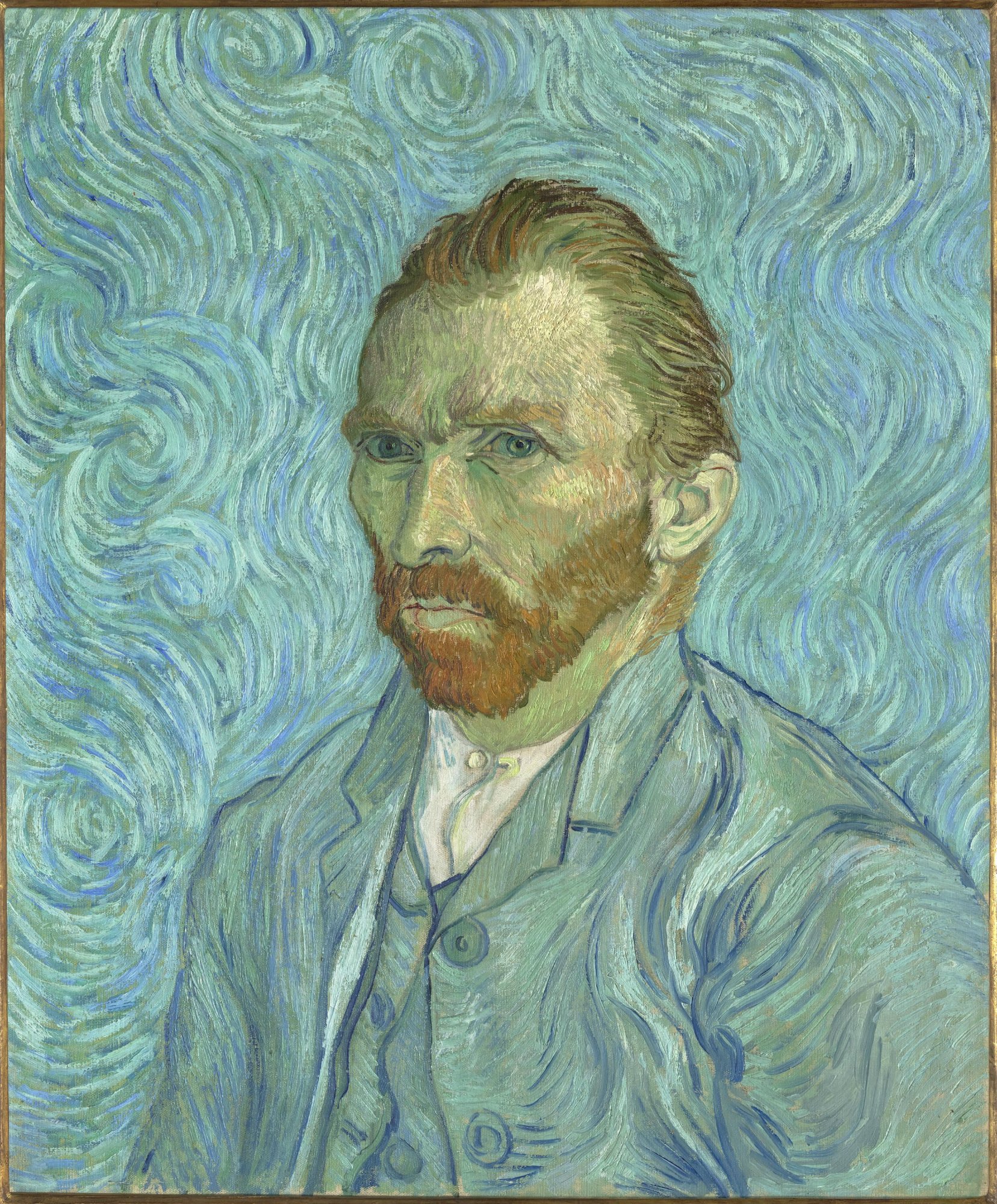
Experts at the Van Gogh Museum in Amsterdam have come out swinging about a controversial new book.
A highly-respected scholar believes that a hidden sketchbook contains long-lost drawings by Vincent van Gogh, dating from time he spent in the French city of Arles, where he moved in 1888.
Vincent van Gogh: The Lost Arles Sketchbook, was released November 15. The author, Bogomila Welsh-Ovcharov, is an internationally renowned art historian and Van Gogh expert. Ronald Pickvance, an art historian who has also written numerous books on the Dutch artist, wrote the foreword, calling the sketchbook “the most revolutionary discovery in the entire history of Van Gogh’s oeuvre.”
The book includes 250 color illustrations allegedly by the Dutch artist’s hand that were “kept within a humble account ledger given to him by Joseph and Marie Ginoux, the owners of the Café de la Gare in Arles,” according to a description from Abrams.
Vincent van Gogh: The Lost Arles Sketchbook by Bogomila Welsh-Ovcharov. Courtesy Abrams.
But the Van Gogh Museum in Amsterdam is not buying it. The institution released an email statement on Tuesday with the header: “Found Sketchbook With Drawings Is Not By Van Gogh, According to Van Gogh Museum.”
artnet News reached out to Abrams publishers and asked for comment, but did not receive an immediate response.
The museum has been aware of these drawings for years. In 2008, and again in 2012, museum experts gave their opinion on the authenticity at the request of their various owners.
“On the basis of high-quality photographs sent to them of 56 drawings—out of 65 in total—they were of the opinion that these could not be attributed to Vincent Van Gogh,” according to a statement from the museum.
Proposed Van Gogh sketch, Pine Trees in the Asylum Garden at Saint-Rémy II, October 1889, Saint-Rémy.
After examining a number of the original drawings in 2013, “our experts did not change their minds,” the museum states. “Their opinion, based on years of research… is that these album drawings are imitations of Van Gogh’s drawings.”
In a phone conversation with artnet News, Louis van Tilborgh, senior researcher at the Van Gogh Museum, and professor in art history at the University of Amsterdam, reiterated many of the points in the email including the lack of the artist’s characteristic style during the period in question; the atypical brown ink that was used; topographical errors in the terrain depicted in some of the drawings; and the shifting story about provenance and discovery.
Van Tilborgh told artnet News that the author of the new book—whom he did not mention by name—came to the museum in 2013: “It was a bit of a surprise that she pulled out the drawings and showed them to us. For legal reasons we were not allowed to respond immediately. We said to her that it would be good to have the owner send us a new letter… Suddenly the sketchbook appeared.”
He noted that the medium is an issue. Van Gogh used black, not brown, ink in his work. Drawings in an album would not have been exposed to light, he says, and would therefore not be brown.
Before the news that there was a sketchbook, Van Tilborgh also notes that stories about where some of these drawings came from appeared to shift over time: first from a suggestion that they were found in the Café de la Gare, which was run by Mr. and Mrs. Ginoux in Arles, and which Van Gogh frequented (he painted Madame Ginoux’s portrait a number of times); and later to a story that they were found in Van Gogh’s house. He says it is possible someone made a mistake in thinking that Cafe de la Gare was actually Vincent’s house.
“I’m simply noting that they have many different stories to explain” the drawings, Van Tilborgh said.
Breaking Van Gogh: Saint-Rémy, Forgery, and the $95 Million Fake at the Met by James Ottar Grundvig (2016). Courtesy of Skyhorse.
Another high profile spat—which stands as an opposite case to the sketchbook in terms of what end the museum is on—is journalist James Ottar Grundvig’s argument in his most recent book Breaking Van Gogh.
The author insists that a painting owned by the Metropolitan Museum of Art, Wheatfield With Cypresses (1888), gifted to the museum by philanthropist and world-renowned collector Walter Annenberg in 1993, is actually a fake. He believes it was painted by Van Gogh’s friend Émile Schuffenecker, an aspiring but unsuccessful artist who was suspected to have copied his more famous friend’s paintings on more than one occasion.
In a phone interview with artnet News, Grundvig said the provenance on the painting “doesn’t add up” and that the Met’s paperwork is incomplete, in his opinion.
He maintains that the Met has rebuffed his attempts to get more information on the work, including not granting him access to a condition report on the painting nor responding to a Freedom of Information Act request.
artnet News reached out to the Metropolitan Museum for comment but had not received an immediate response.
As for the sketchbook, it doesn’t look like the argument is about to die down anytime soon. On November 18, Welsh-Ovcharov will hold a conversation with Bernard Comment, Franck Baille, and Julian Schnabel at Albertine, the official bookstore of the French Embassy in New York.